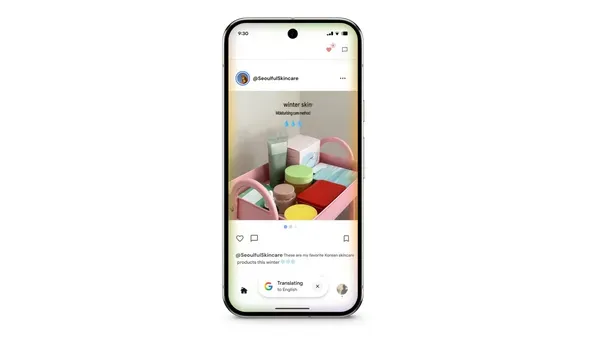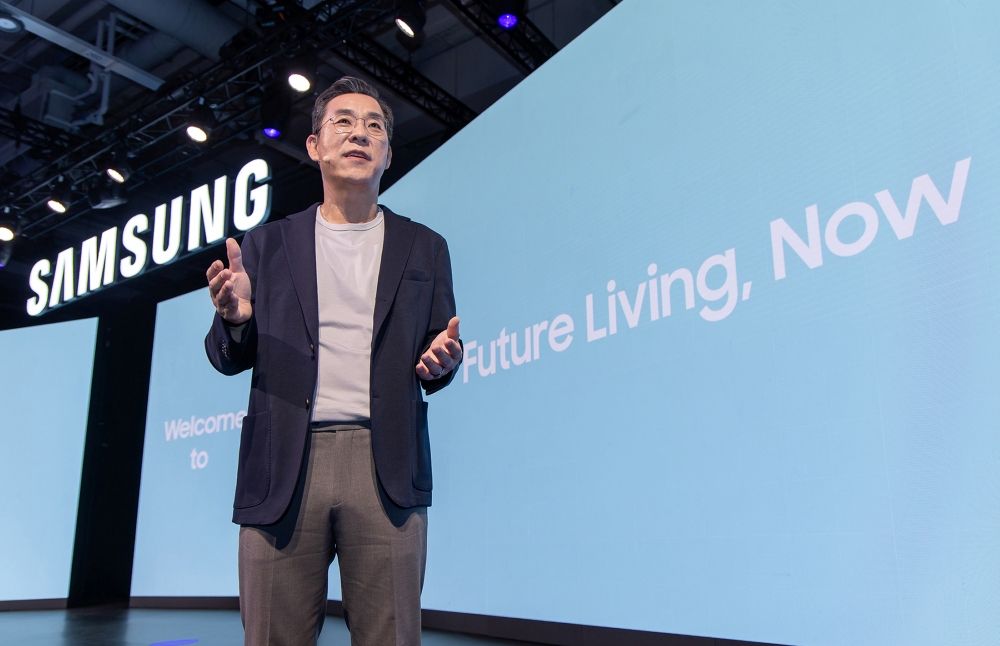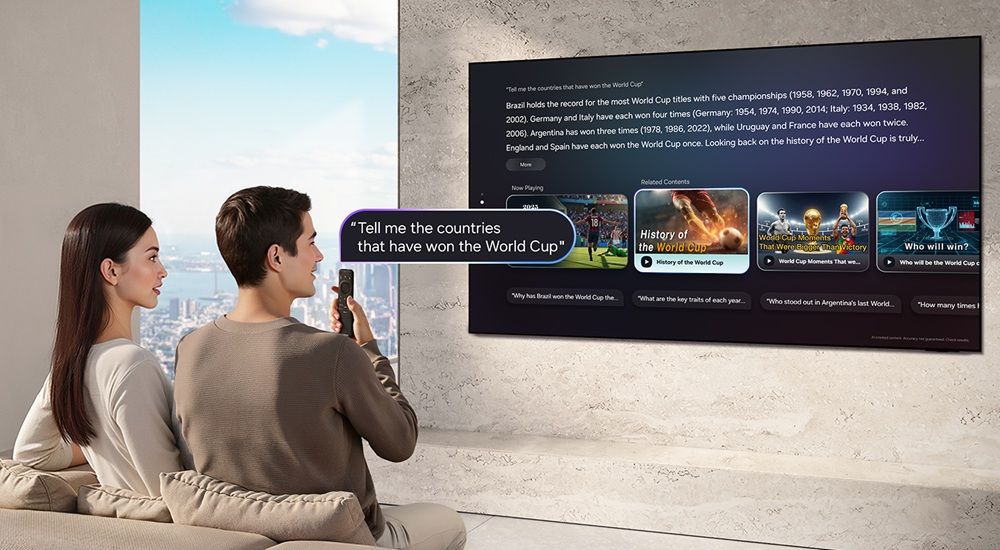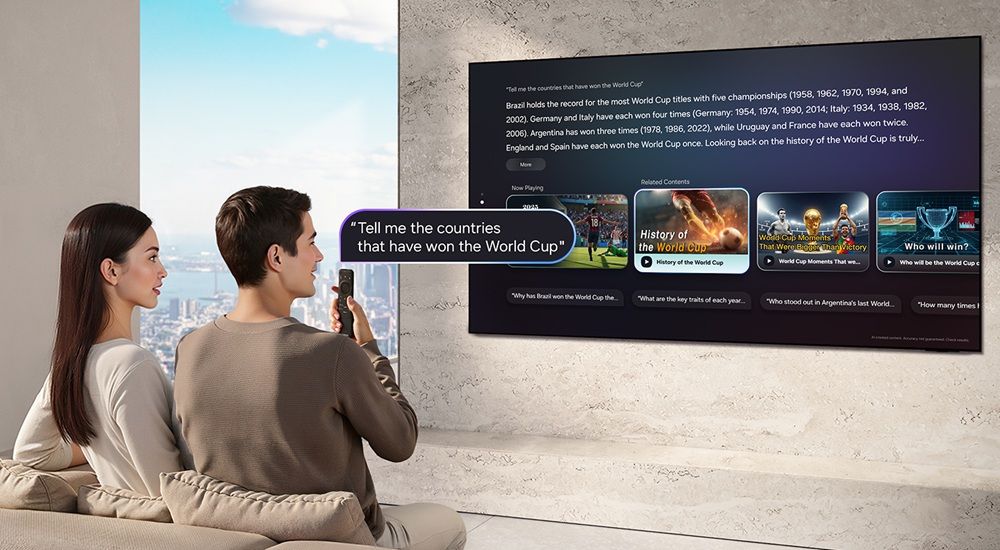Google just supercharged its Circle to Search feature with continuous translation capabilities that work while you scroll or switch apps. The update, rolling out this week starting with Samsung Galaxy devices, eliminates the need to restart translation every time content changes on screen. This addresses one of the biggest friction points in mobile translation, making the feature significantly more practical for real-world use cases like browsing foreign social media or reading restaurant menus abroad.
Google just solved one of mobile translation's biggest annoyances. The search giant's Circle to Search feature now supports continuous translation that persists while you scroll through content or even switch between apps, eliminating the constant need to restart the translation process.
The update addresses a core user pain point that has plagued mobile translation tools for years. Previously, Circle to Search users had to manually restart translation every time they scrolled down a page or switched contexts, creating significant friction for real-world usage scenarios.
"Translation is one of the most-used features in Circle to Search," Google noted in its official blog post, highlighting how users rely on it to "get more context for social posts from creators who speak a different language, or browse menus when you're booking restaurant reservations while traveling abroad."
The technical implementation is elegantly simple. Users activate Circle to Search by long-pressing the home button or navigation bar, tap the "Translate" icon, then select "scroll and translate." Once enabled, the translation engine maintains continuous operation across scrolling and app switches, creating a seamless multilingual browsing experience.
This development puts Google in direct competition with Apple's Live Text feature, which has gained traction among iOS users for its translation capabilities. However, Google's approach appears more ambitious, targeting continuous translation rather than Apple's tap-to-translate model.
The rollout strategy reveals Google's partnership priorities. Samsung Galaxy devices get first access this week, reinforcing the strategic alliance between the two companies in the Android ecosystem. The phased rollout suggests Google is testing performance and user adoption before expanding to the broader Android user base.
From a technical standpoint, continuous translation requires significant on-device processing power and optimized battery management. The feature likely leverages Google's advances in on-device machine learning models, reducing latency while preserving privacy by minimizing cloud-based processing.











